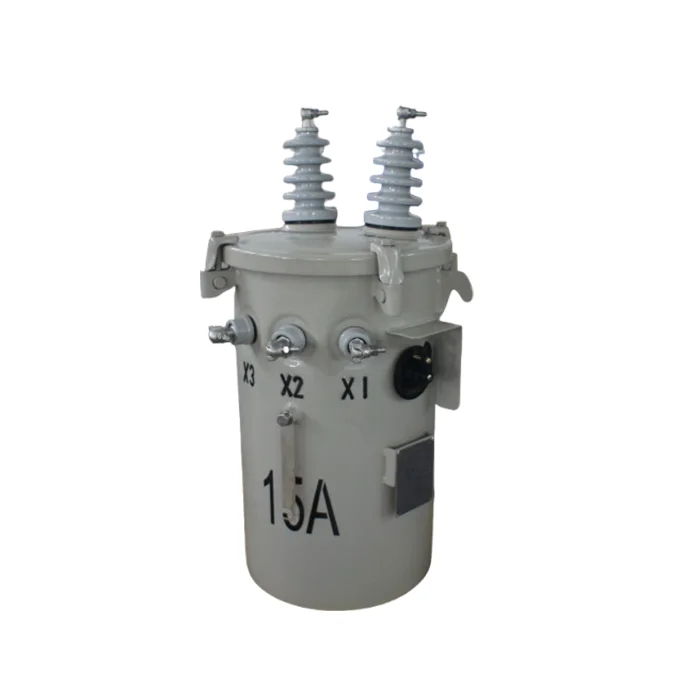Water is a precious resource that sustains all life on Earth. However, the quality of water is increasingly being compromised due to various factors such as pollution, industrial activities, and climate change. In this blog post, we will explore the importance of fixing water quality issues and discuss practical solutions to ensure clean and safe water for present and future generations.
- Understanding Water Quality:
To fix water quality, it is crucial to understand the parameters that determine its quality. These include physical, chemical, and biological factors such as temperature, pH, dissolved oxygen, turbidity, and the presence of contaminants like heavy metals, pesticides, and pathogens. Monitoring and assessing these parameters are essential for effective water quality management. - Source Protection and Watershed Management:
Prevention is better than cure when it comes to water quality. Implementing source protection measures and adopting watershed management practices can significantly reduce the contamination of water sources. This involves preserving natural habitats, implementing sustainable agricultural practices, and controlling industrial discharges to prevent pollutants from entering water bodies. - Advanced Water Treatment Technologies:
Water treatment technologies play a vital role in fixing water quality issues. Conventional treatment methods like coagulation, sedimentation, filtration, and disinfection are effective in removing suspended solids and pathogens. However, advanced technologies such as membrane filtration, activated carbon adsorption, and ultraviolet (UV) disinfection offer higher efficiency in removing contaminants like organic pollutants, pharmaceuticals, and emerging contaminants. - Nutrient Removal and Eutrophication Control:
Excessive nutrients, particularly nitrogen and phosphorus, can lead to eutrophication, causing harmful algal blooms and oxygen depletion in water bodies. Implementing nutrient removal technologies in wastewater treatment plants and adopting best management practices in agriculture can help control nutrient pollution and restore water quality. - Green Infrastructure and Natural Water Treatment Systems:
Green infrastructure, including constructed wetlands, rain gardens, and bioswales, can effectively improve water quality by mimicking natural processes. These systems help in filtering pollutants, reducing stormwater runoff, and enhancing groundwater recharge. Integrating green infrastructure into urban planning can significantly contribute to fixing water quality issues in urban areas. - Public Awareness and Education:
Raising public awareness about the importance of water quality and the impact of individual actions is crucial. Educational campaigns, community engagement, and promoting water conservation practices can empower individuals to contribute to fixing water quality issues. Additionally, encouraging responsible disposal of household chemicals and pharmaceuticals can prevent their entry into water sources.
Conclusion:
Fixing water quality is a complex and multidimensional challenge that requires a holistic approach. By implementing source protection measures, adopting advanced treatment technologies, controlling nutrient pollution, integrating green infrastructure, and promoting public awareness, we can ensure a sustainable future with clean and safe water for all. Let us join hands to protect and revitalize our most precious resource - water.









+ There are no comments
Add yours